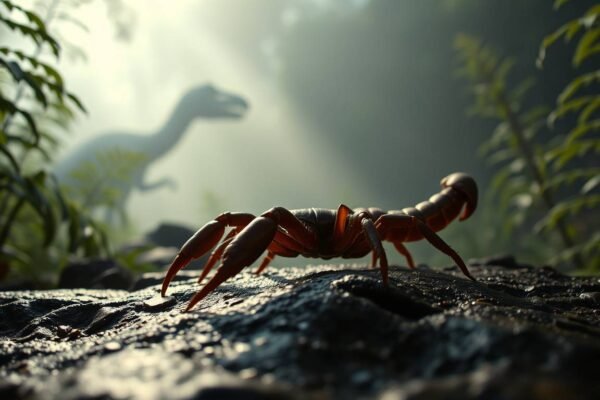130,000-Year-Old Mammoth Calf Dissection Unveils Ancient Secrets
Russian scientists dissected a remarkably preserved 130,000-year-old mammoth calf named Yana, revealing insights into prehistoric life and the effects of permafrost on preservation. Introduction In late March 2025, Russian scientists conducted a necropsy on a 130,000-year-old baby mammoth, affectionately named “Yana.” Unearthed from Siberian permafrost, Yana’s exceptional preservation offers a rare glimpse into the Pleistocene…











